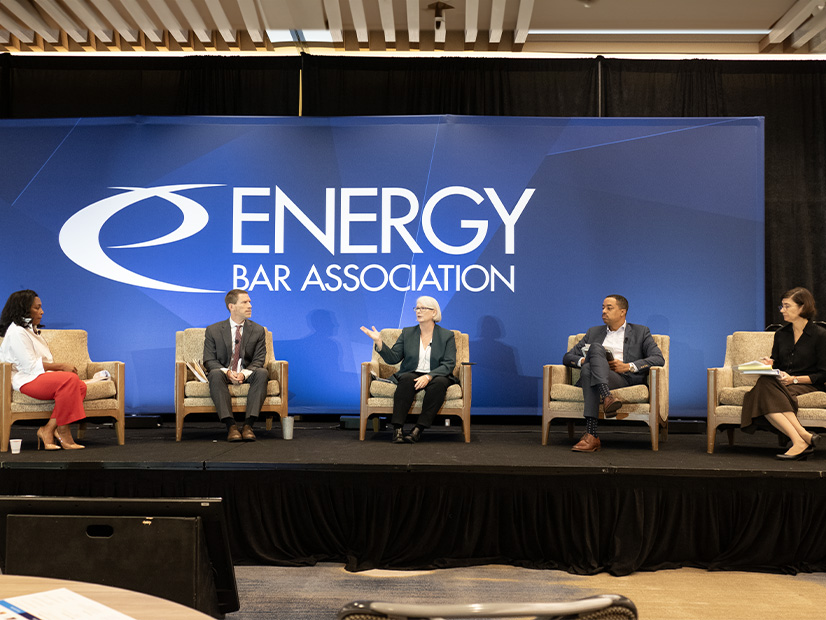EBA Forum Examines the Details of the Grid’s Transition

From left: Wilkinson Barker Knauer Partner Nikki Hall White, Maryland People's Counsel David Lapp, Washington Utilities and Transportation Commission Ann Rendahl, D.C. PSC Chair Emile Thompson and ThompsonMcMullan Director Cliona Robb at the EBA Mid-Year Forum | © RTO Insider LLC
Oct 12, 2023
|
A major focus at the Energy Bar Association meeting was on how to ensure reliability and affordability as the grid transitions to a cleaner future.
